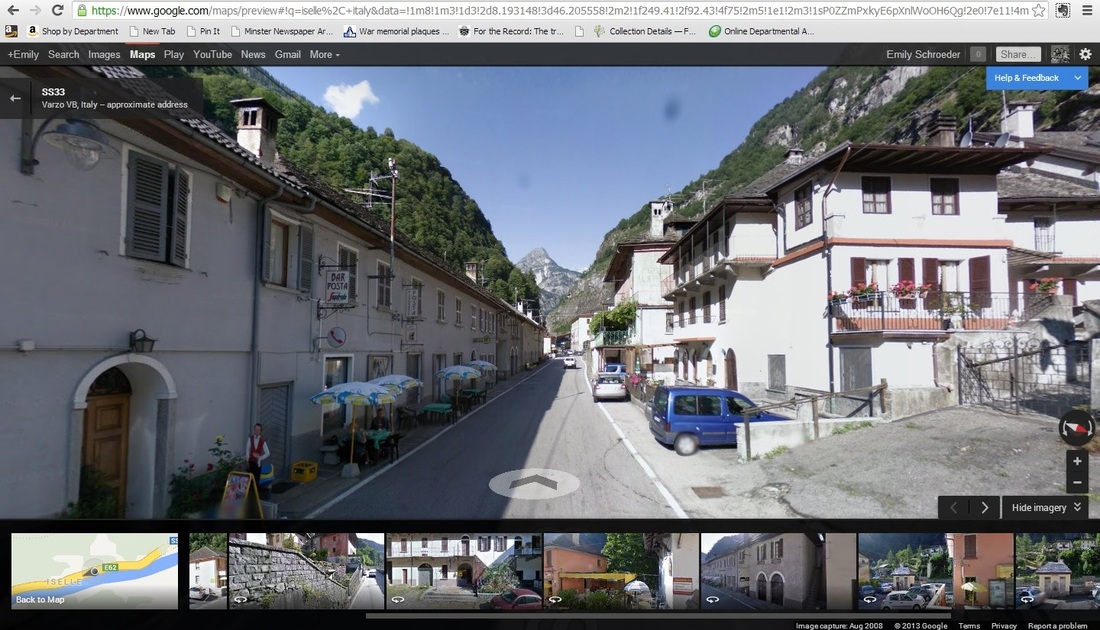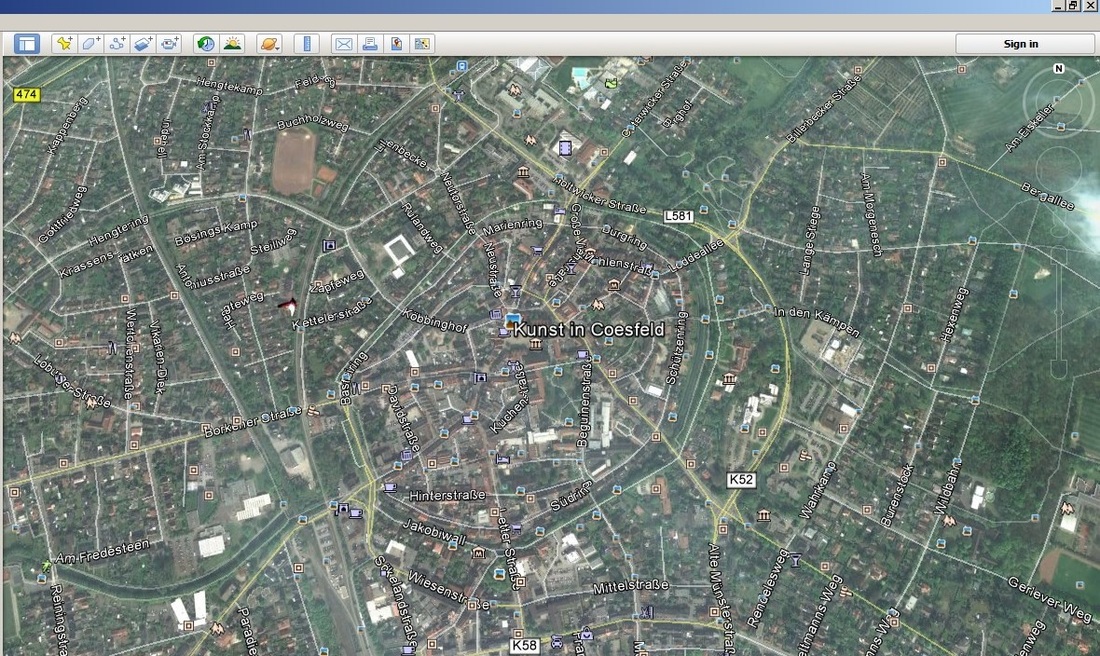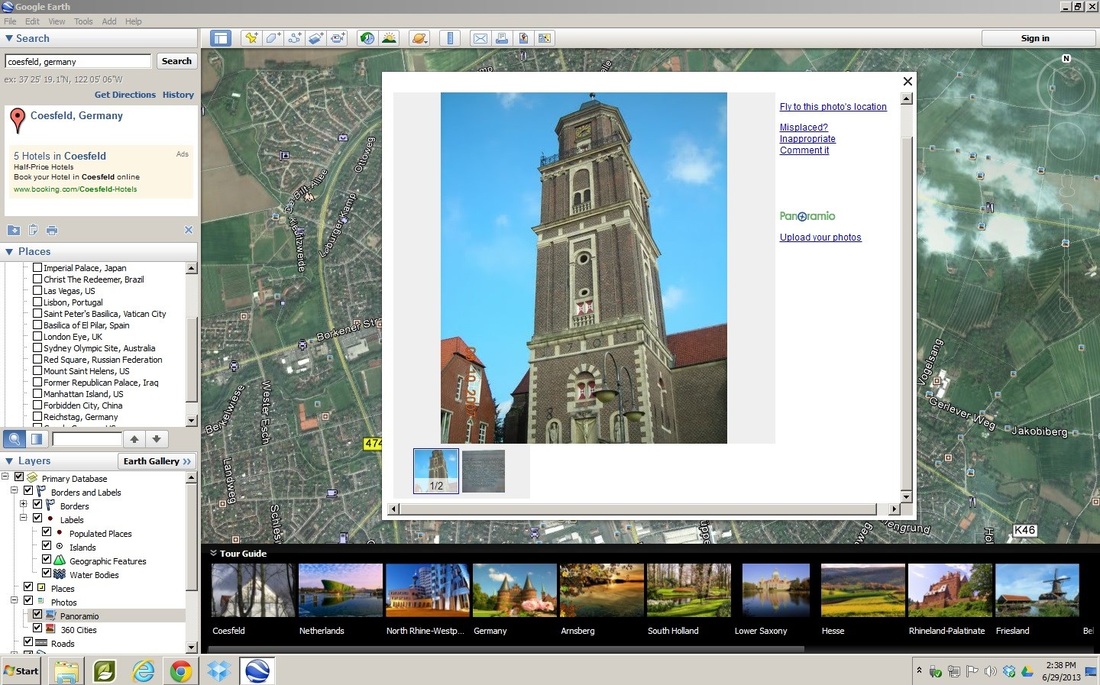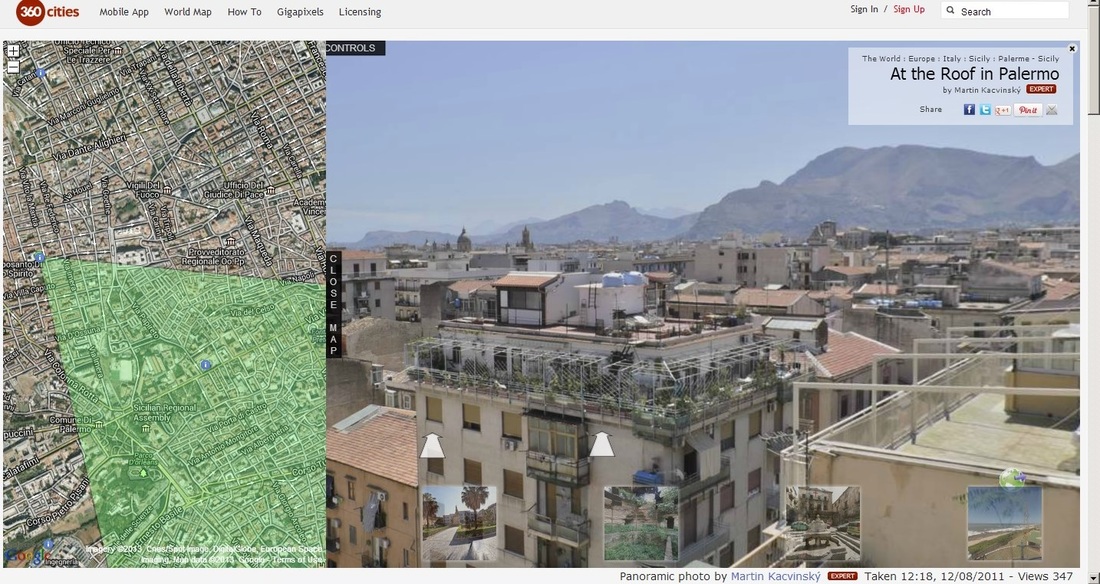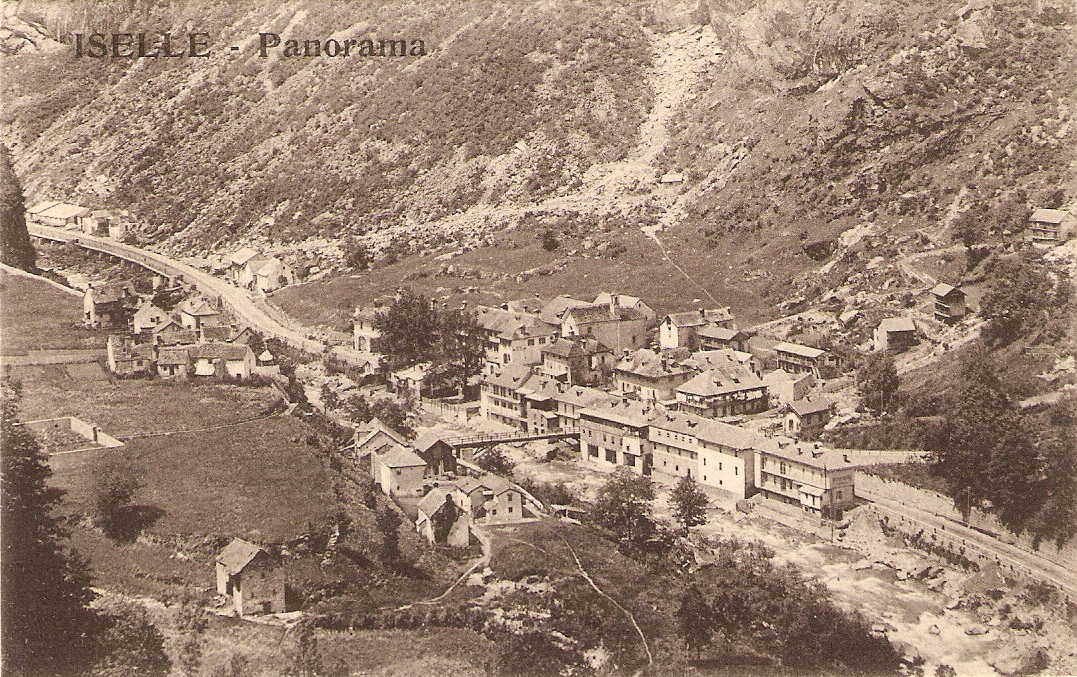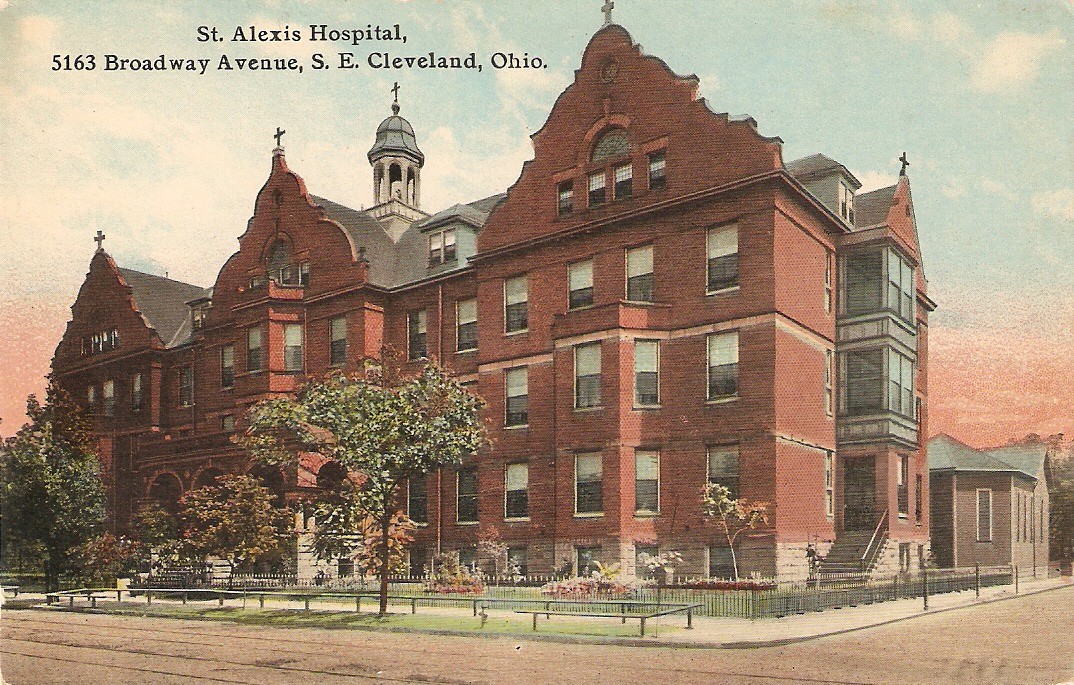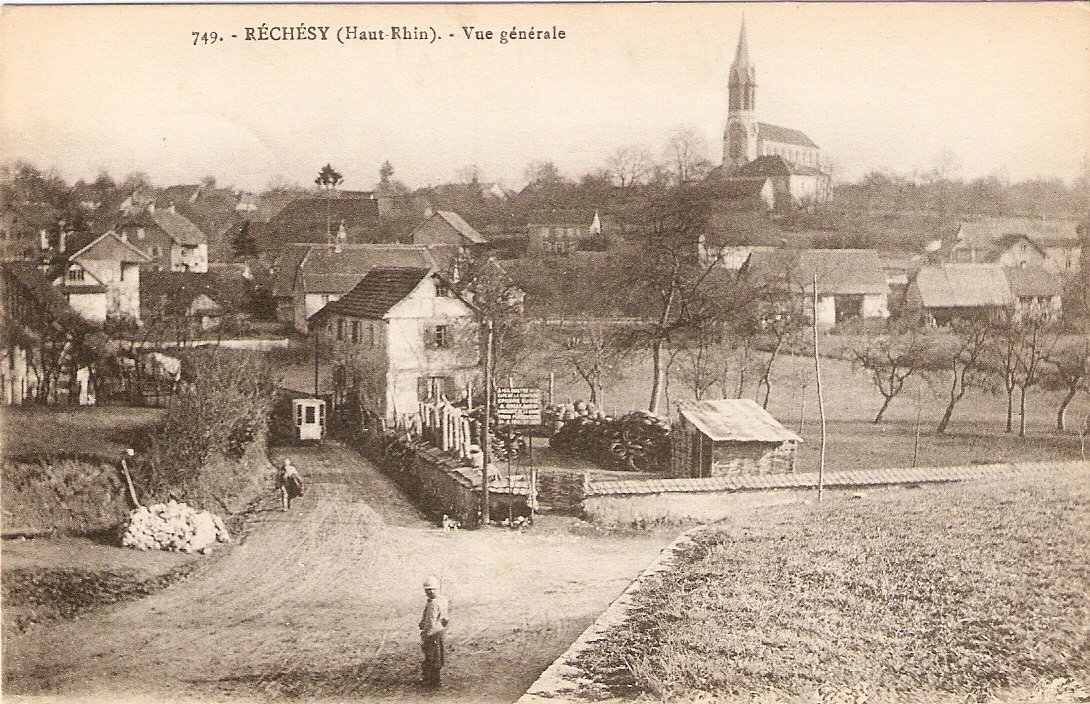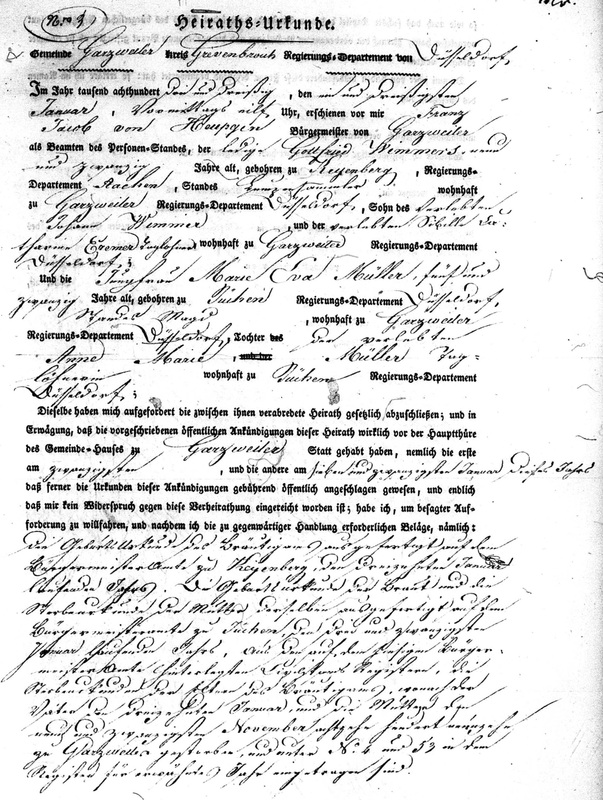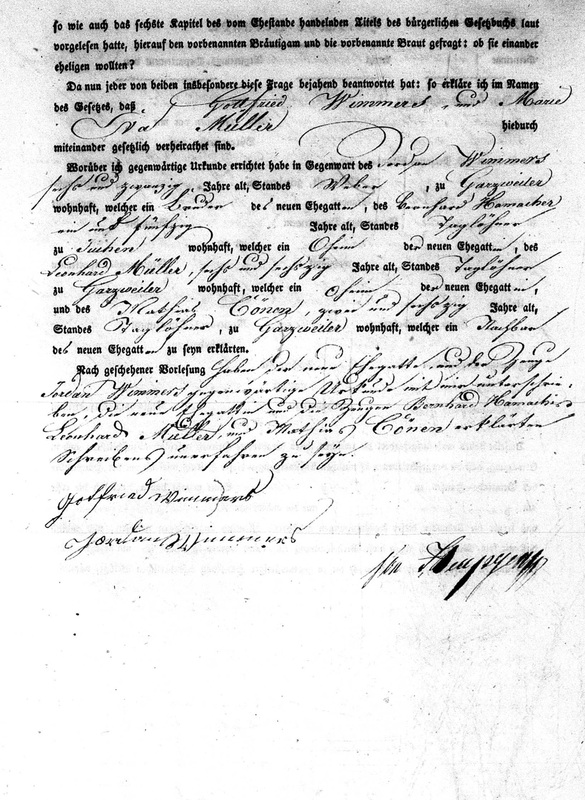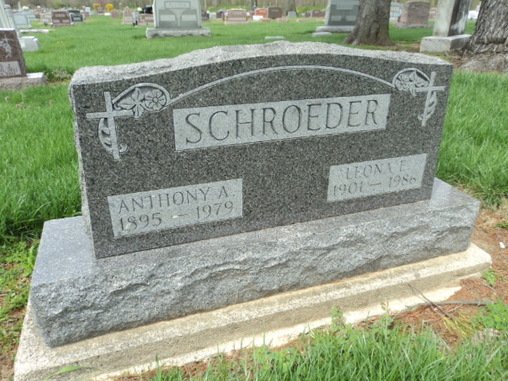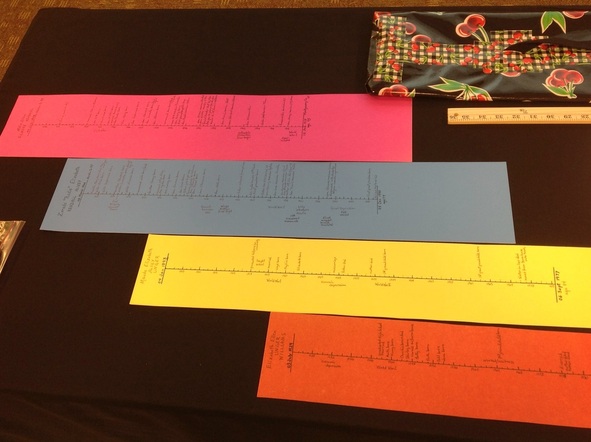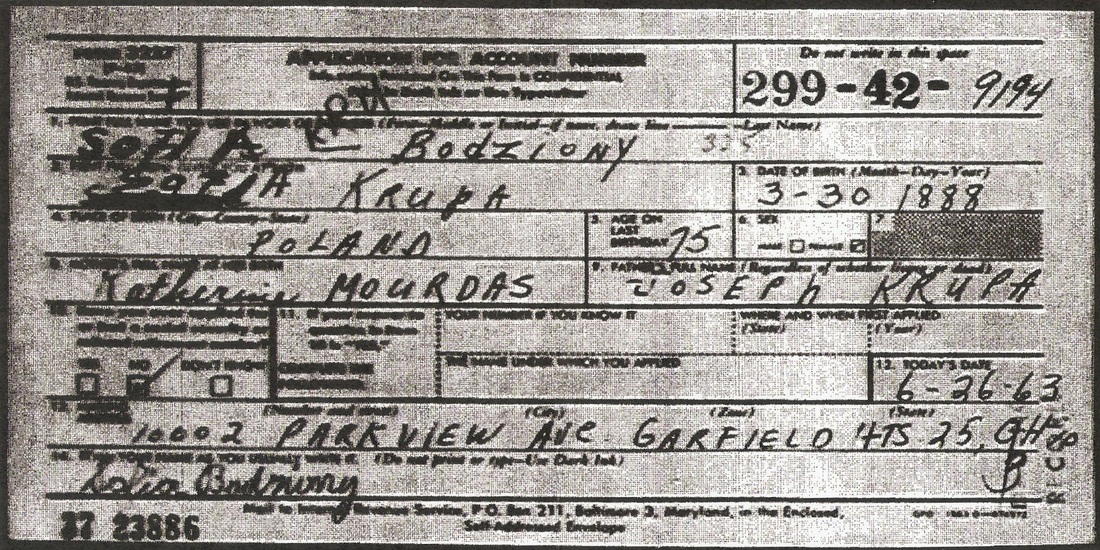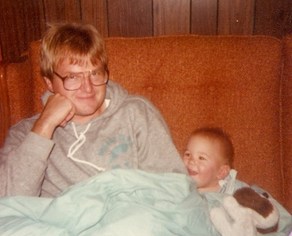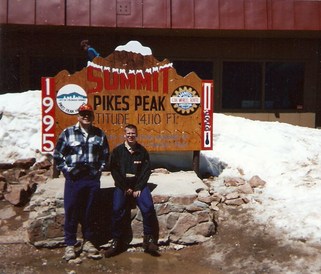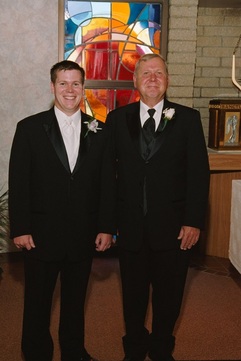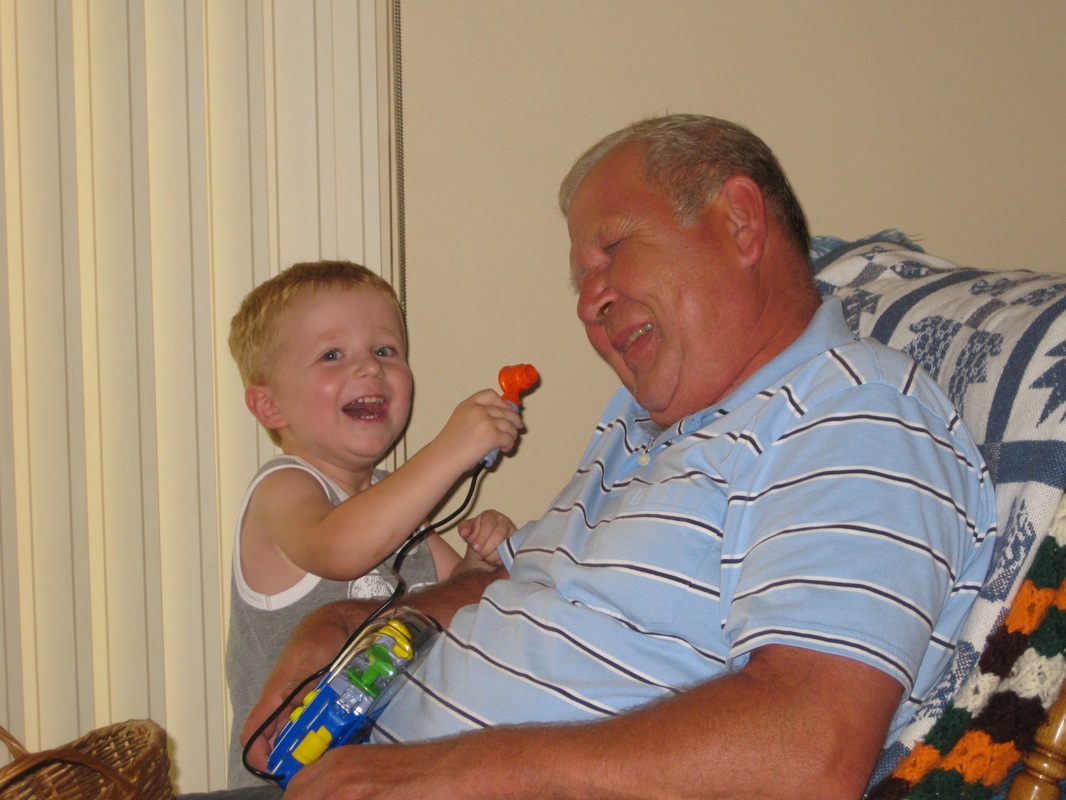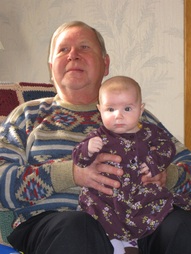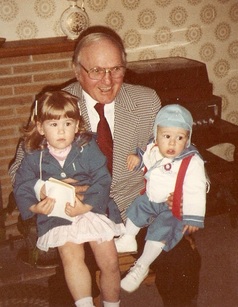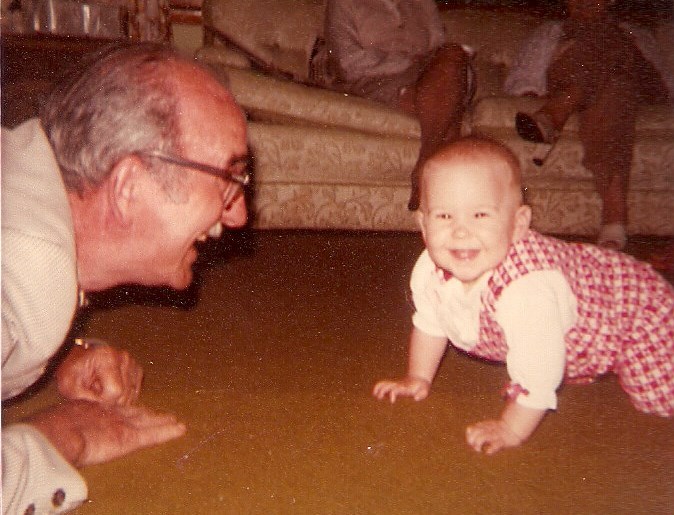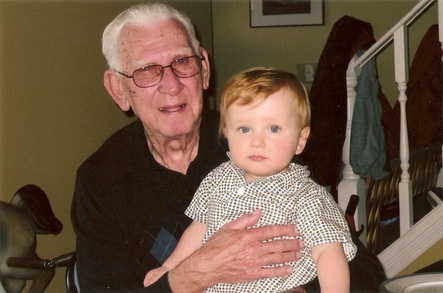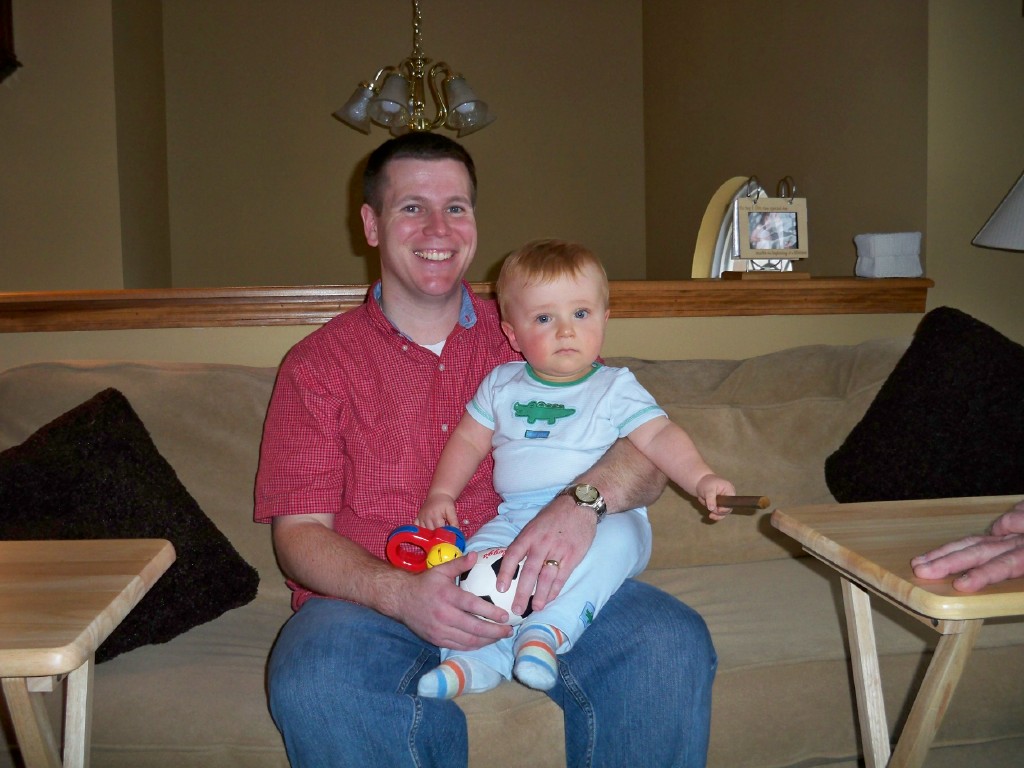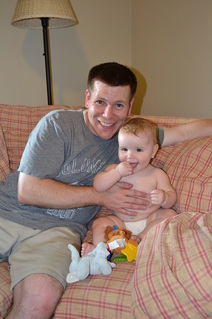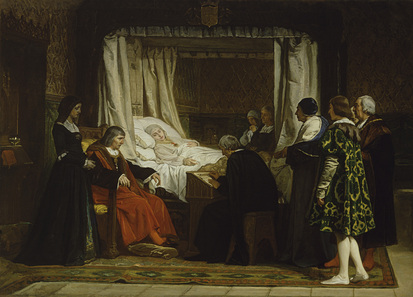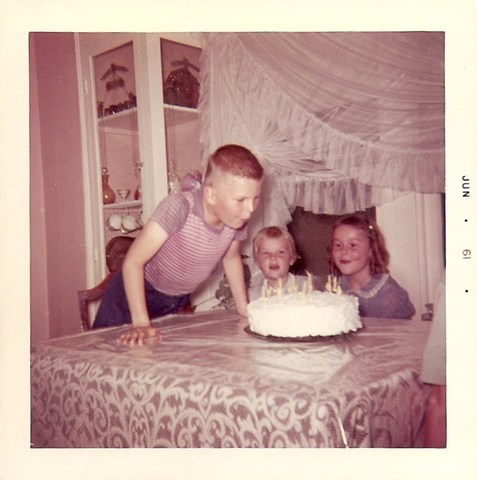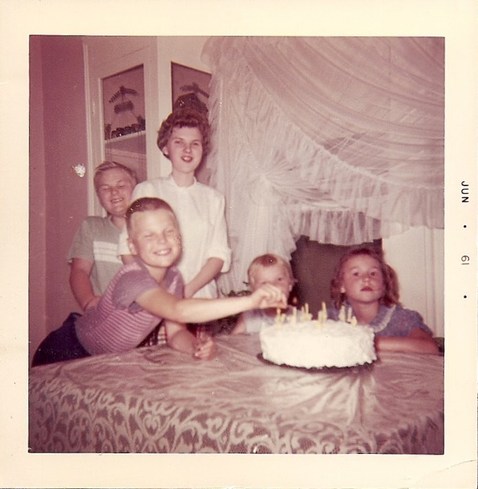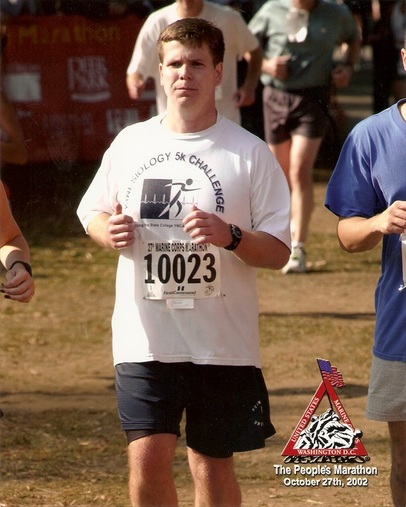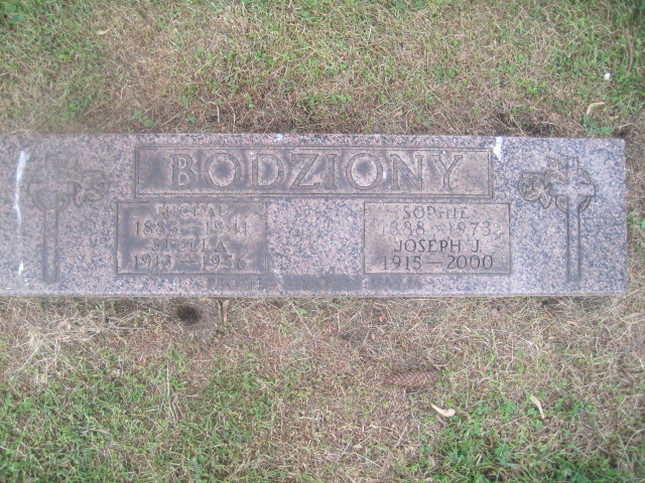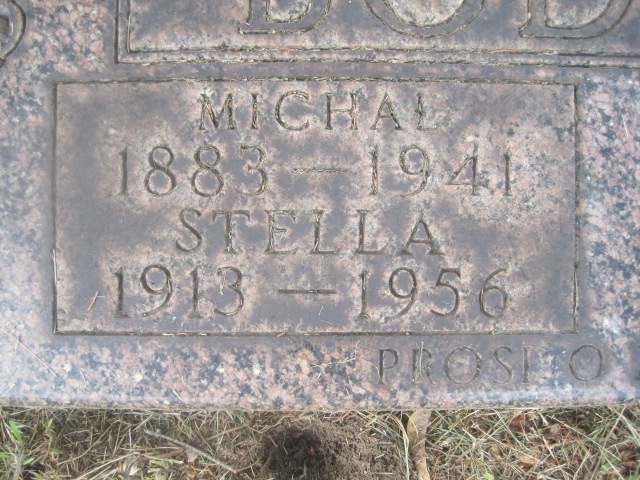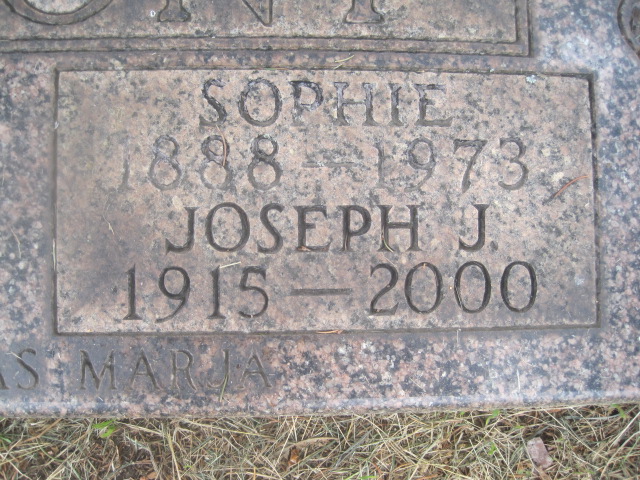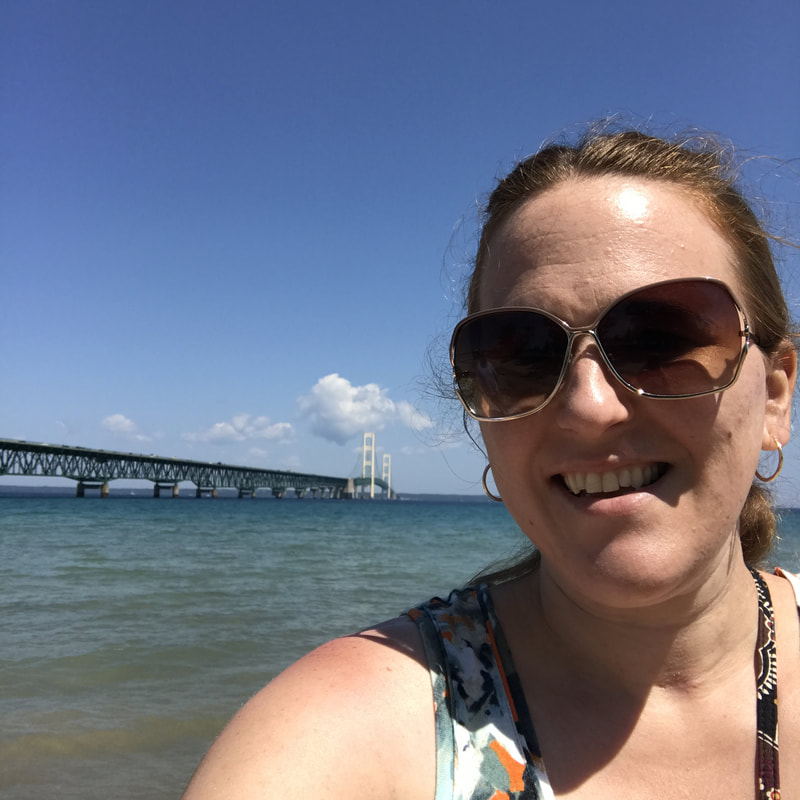1.) Google it! Try seeing what an 'old-fashioned' Google search will get you if you type in the name of your ancestor's village. Nowadays, even some of the smallest European towns and villages have websites of their own. This is exactly how I found this website about my great-grandmother's village of Skrudzina, which is located in southern Poland. Using the Google Translate feature on my toolbar, I've been able to learn a little about the village's history from the site. Even if your ancestral village does not have its own website, there is a decent chance something from Wikipedia will pop up in your Google search. Also, when doing your Google Search, don't forget to click on the 'Images' button at the top of the search bar. Doing so will often return images of the town itself.
2.) Google Maps The Street View feature of Google Maps is a wonderful way of simulating a walk down the street of an old family neighborhood or town, as it looks in the present day. The Street View feature is still not available in all locations, but their coverage is getting better and better. I was surprised when I recently looked up my maternal grandmother's birthplace and found that there is indeed Street View available for Iselle, Italy, a very small town on the Swiss-Italian border. Isn't this a gorgeous view? I just love seeing all of the mountains in the background. (Click on photo to see the image directly from Street View.)
8.) Books. Yes, I said it. Books are still a great way to learn about ancestral places. Genealogists can spend hours in libraries and archives trying to dig out information about specific people in their family trees, but what about the places where those people came from? Sometimes locating information about a small town will mean combing through a book about a larger administrative district or state. OR sometimes you may get lucky and find a book or pamphlet that is specifically about your town of interest. I was recently able to find (on eBay again) a book about Lauterecken, Germany, one of my husband's other ancestral villages. It is being shipped straight from Germany, so I have not received it yet, but I'm excited to learn more about the town and to see what types of images are included in the book.
©2013, copyright Emily Kowalski Schroeder
